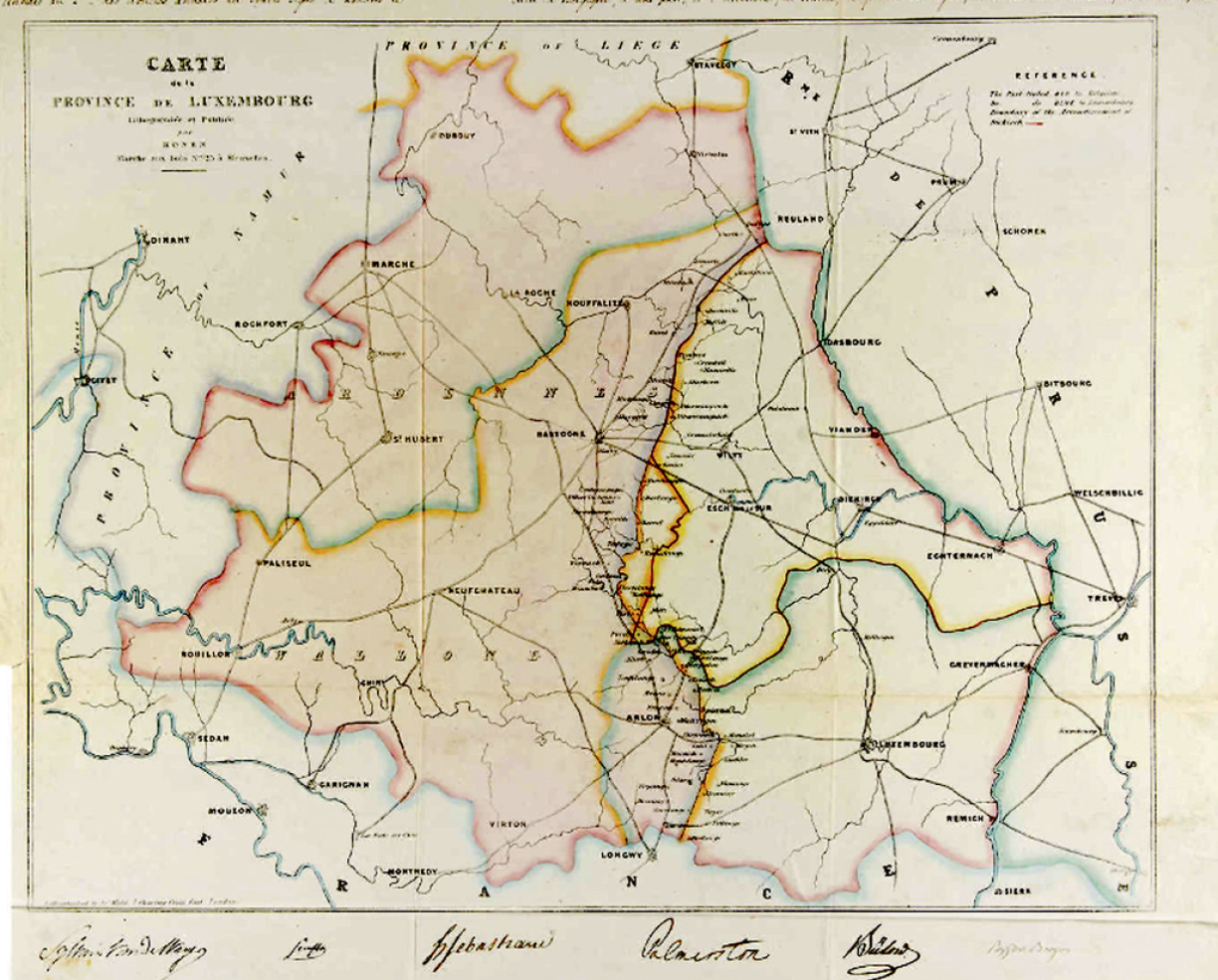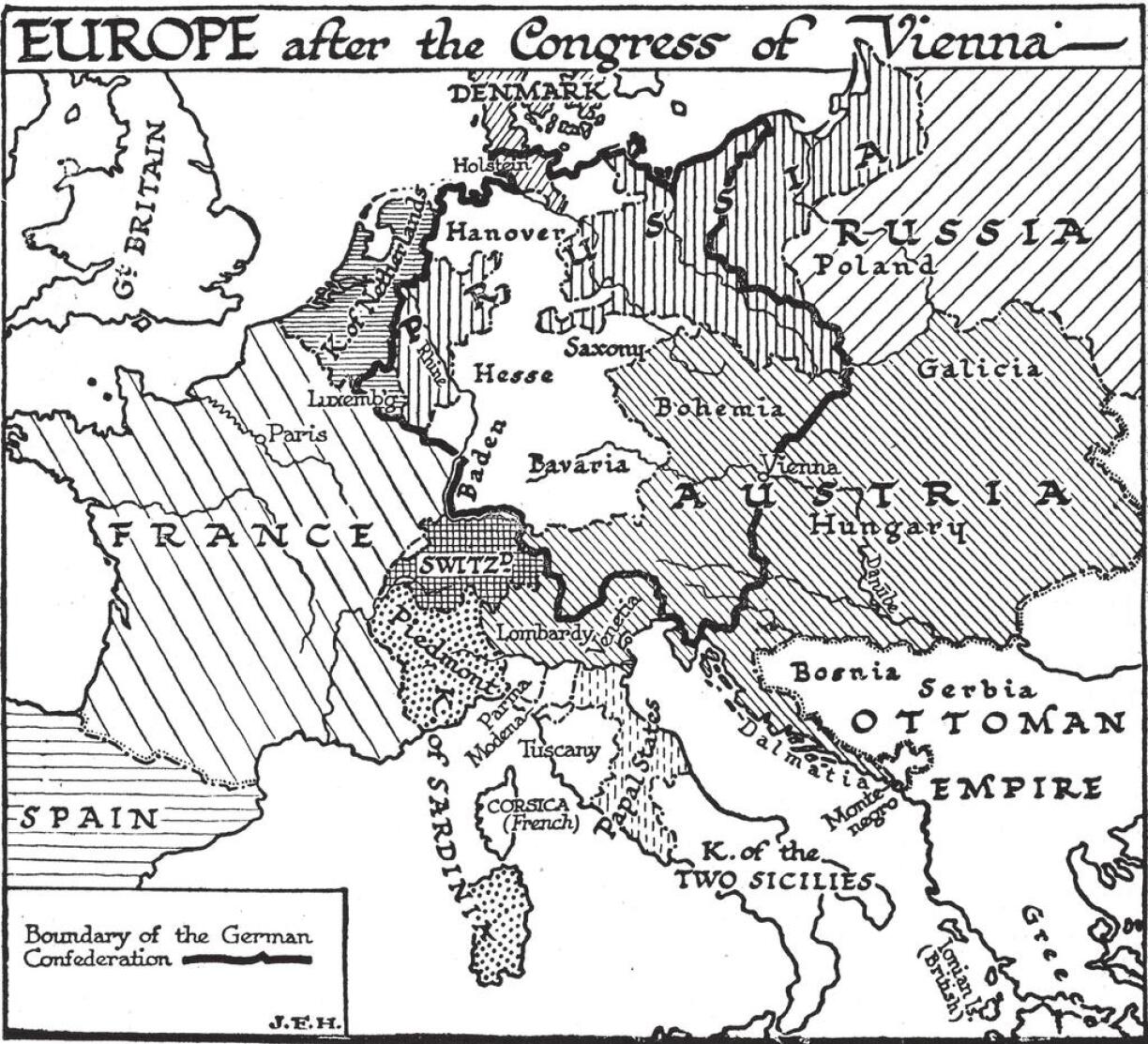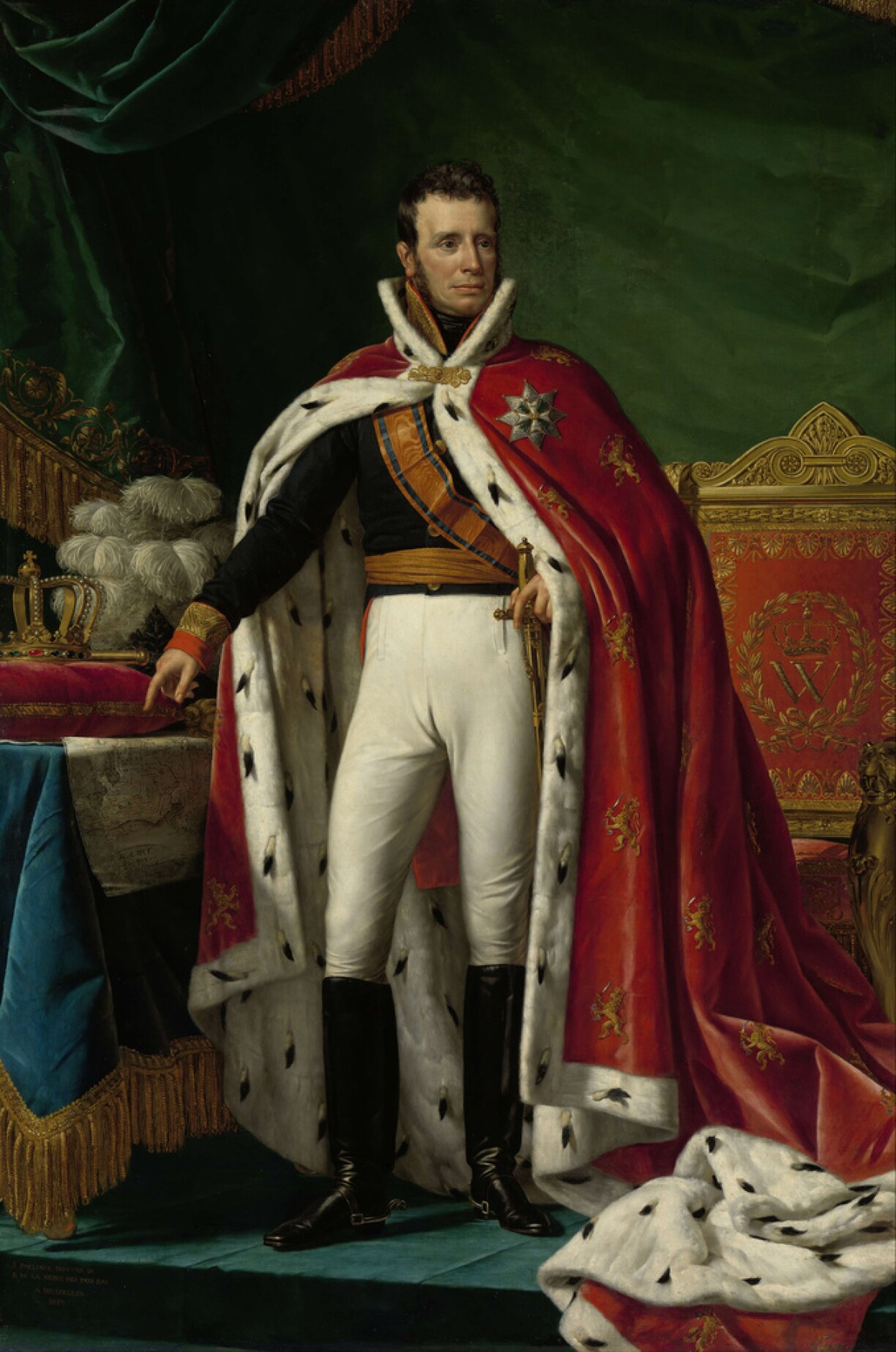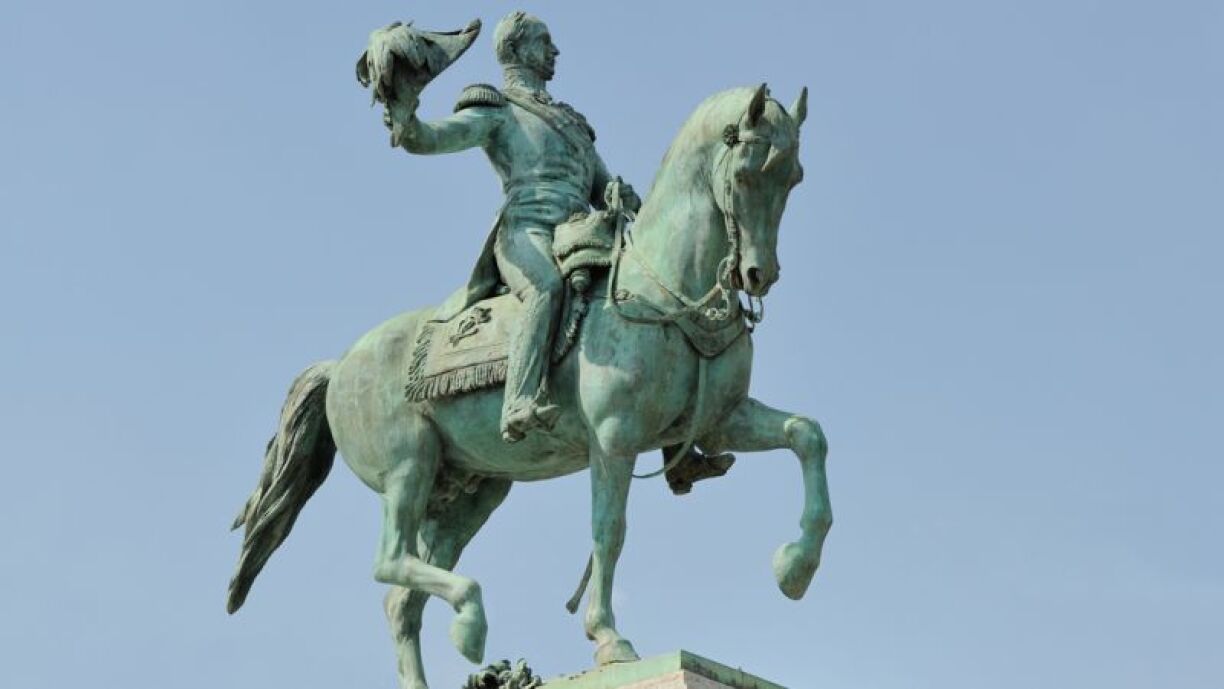
Initially a County, Luxembourg became a Duchy in 1354, marking a significant enhancement in its political and territorial status within the Holy Roman Empire. This elevation highlighted Luxembourg’s growing importance and autonomy as it navigated various European conflicts and alliances, gradually bolstering its regional influence and economic standing.
In the 19th century, the Grand Duchy of Luxembourg was considered a personal possession of the King of the Netherlands. This arrangement followed the Congress of Vienna in 1815, which established Luxembourg as a Grand Duchy and placed it in personal union with the Dutch crown. While Luxembourg was a distinct and sovereign entity, its ruler was also the King of the Netherlands.
You can continue reading the article below – or listen to a more detailed podcast episode right here!
The modern geographic entity of Luxembourg, as we recognise it today, was defined in 1839 when Luxembourg ceded a significant portion of its western land to Belgium, notably parts of Wallonia.
The Congress of Vienna was pivotal in redrawing European boundaries after the fall of the Napoleonic Empire and marks a significant milestone in the “long nineteenth century,” which spanned from 1789 to 1914.
Historian Eric Hobsbawm, known for his work on the Age of Revolutions, emphasised the era’s focus on nationalism and the formation of nations. The nineteenth century was marked by a surge of nationalism, with countries unifying and fragmenting as communities sought to assert their unity and independence.
Luxembourg’s path to sovereignty is less straightforward. Several key events in the nineteenth century contributed to the emergence of the political entity we now recognize as Luxembourg.
The collapse of the Napoleonic Empire naturally required that the powers that be – Austria, Britain, Prussia, and Russia, also known as the Four Great Powers – convene alongside France and other countries to redraw the boundaries of Europe. To put it briefly, those at the congress decided to create the Kingdom of the Netherlands.
This new kingdom was formed of the Netherlands and the Southern Netherlands (alternatively known as the Austrian Netherlands which were later annexed by France and also, what we now know as Belgium), all under the tutelage of the House of Orange-Nassau. But wait – there’s more.
To compensate the House of Orange-Nassau for territorial loss to Prussia, the new king of the Netherlands, William I, also gained the Grand Duchy of Luxembourg as a separate entity to the rest of the United Kingdom of the Netherlands.

To be candid, the congresses were notorious for complicating matters, and Luxembourg’s situation was no exception. When the Grand Duchy joined the German Confederation – an alliance of 39 German-speaking states – it came with a significant caveat: Luxembourg City fell under Prussian military control, despite technically remaining under the sovereignty of Grand Duke William I.
Luxembourg’s initial status as a Grand Duchy is quite interesting and a simple way of looking at it is that the Grand Duchy was viewed as the personal property of Grand Duke William I, or even a separate province of the United Kingdom of the Netherlands. Either way, this first step in Luxembourg’s status as a Grand Duchy does not hold the hallmarks of independence that we may have seen in other European countries in the same century.
Find out more about when Luxembourg was Dutch right here:
Grand Duke William I governed Luxembourg as yet another province belonging to the United Kingdom of the Netherlands. Whilst William I did make some moves to improving education in Luxembourg, for instance, he ensured that schools would teach Dutch as a language – which again points to the Grand Duke not distinguishing between his kingdom and his Grand Duchy – and discriminated against Catholics in the process, discontinuing Catholic schools. This anti-catholic sentiment is perhaps one of the defining factors which led to the growth of the revolt against the Dutch king.
In 1830, Belgians inaugurated their secession from the United Kingdom with the Belgian Revolution. Luxembourg’s neighbour declared itself independent later in the year and Luxembourgish representatives sat in the new constituent assembly. As for the Luxembourgish enthusiasm in joining the revolt, there are conflicting reports. James Newcomer described “phlegmatic Luxembourgers” slowly following their Belgian counterparts in the revolt whereas other reports speak of a significant number of Luxembourgish patriots joining the cause.

However, not all was as straightforward as Luxembourg joining the Belgian rebellion. The fortress of Luxembourg City remained garrisoned by Prussian troops and effectively under Prussian control, whereas rebels seized control of the rest of the territory.
The following years saw a great number of negotiations and propositions, mediated by the Great Powers and without much success concerning Luxembourg until 1839. In 1831, the Kingdom of Belgium was created alongside a proposal to divide Luxembourg between Belgium and the Netherlands, as written in the Treaty of the Twenty-Four Articles. Belgium’s parliament accepted the proposal, but William I was staunchly against it.
Finally, in 1839, the first Treaty of London was signed, which saw the third and final partition of Luxembourg come into effect (see the map at the top of the article for details). Prior to 1839, Luxembourg’s territory was 2.5 times its present size with a significant expansion to the west. Belgian and Luxembourgish accounts of the loss/acquisition of Wallonia, which now belongs to present-day Belgium, naturally differ.
The Treaty of London of 11 April 1839 is therefore an important date in Luxembourg’s history – the date cemented Luxembourg’s geographic boundaries to the present as well as its dynastic house, the House of Nassau, which was formed in personal union with the United Kingdom of the Netherlands. Granted, the royal house of the Grand Duchy would see changes a mere 51 years later, but we’ll explore that on another day.
A year later, William I abdicated in favour of William II – no surprise here – who we all know and recognise from his statue on Place Guillaume II. Luxembourg’s status as an independent nation was reaffirmed in the Second Treaty of London in 1867, which followed the Luxembourg Crisis. The Luxembourg Crisis can be seen as a tug of war between France and Prussia during the years that Otto von Bismarck focused on consolidating Prussia’s power in Europe.

Thank you for tuning in! Now what are you waiting for – download and listen, on iTunes, Spotify, or wherever you get your podcasts.
Ambassador John Marshall - #LuxUKLinks: Exploring the historical links of the Grand Duchy and the United Kingdom
Knowledge Bites: What’s up with Luxembourg’s flag?
Luxembourg History Podcast: When Luxembourg was Dutch